#History of Mathematics
Text

Wonders of the Past - a Post by Silvia S.
"The Wonders of Ahmose's Papyrus 📜
Many are curious about how the ancient Egyptians managed to construct the pyramids using intricate mathematical calculations.
The Papyrus of Ahmose, also known as the Mathematical Rhind, is the oldest known manuscript featuring algebra and trigonometry. Its origins trace back 1500 years before the time of Christ, roughly 3500 years ago.
This manuscript reveals that the Egyptians were proficient in employing first-order equations and had various methods to solve them. They were also well-versed in quadratic equations, adept at solving them, and familiar with numerical and geometric sequences.
For instance, they were capable of handling equations like:
X2 + y2 = 100,
Y = 3/4 x, where x = 8, y = 6.
This equation serves as the foundation of the Pythagorean theorem, a2 = b2 + c2, and in Egyptian terms, the unknown number was referred to as "koom."
Also nwe should note that Pythagoras developed his mathematical theories after a visit to Egypt, where he learned from Egyptian priests. This historical fact has been substantiated by Greek historians and scholars like Farpharius of Sour, Herodotus, and Thales.
Remarkably, the Egyptians had mastered algebra, trigonometry, and geometry approximately 2,000 years before Pythagoras was born, and even around 3,000 years prior to the birth of al-Khwarizmi.
Today, this invaluable papyrus can be found in the British Museum in London."
97 notes
·
View notes
Text
LJS 465 is an Arabic didactic poem on surveying and measuring areas including triangles, quadrilaterals and circles. Yes, a poem about maths! It was written in Spain in the 14th or 15th century
🔗 :
#medieval#arabic#manuscript#math#poetry#poem about math#history of mathematics#mathematics#spain#14th century#15th century#book history#rare books
80 notes
·
View notes
Photo
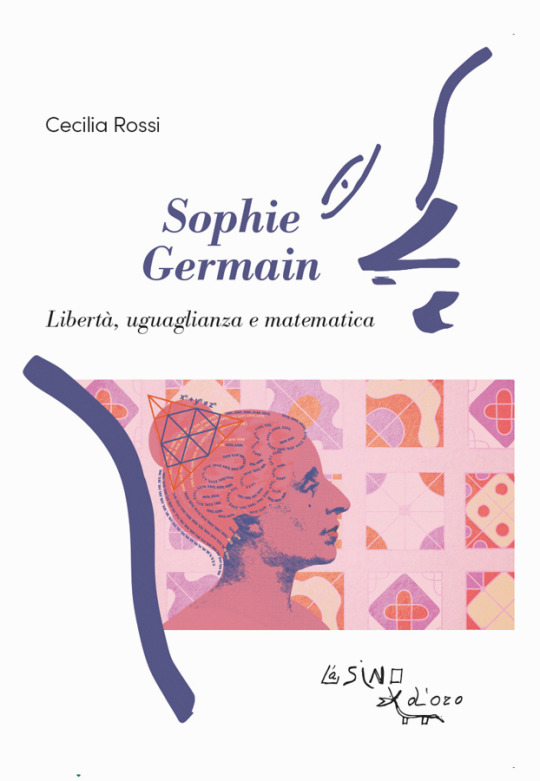
Cecilia Rossi, Sophie Germain. Libertà, uguaglianza e matematica, Foreword by Roberta Fulci, L'Asino d'oro edizioni, Roma, 2023
#graphic design#mathematics#history of mathematics#book#cover#book cover#sophie germain#cecilia rossi#roberta fulci#l'asino d'oro edizioni#2020s
20 notes
·
View notes
Text
Karin Valis on Magic and Artificial Intelligence – The Secret History of Western Esotericism Podcast (SHWEP)

A House with Many Rooms Interview 2
We are delighted to speak with Karin Valis, machine-learning engineer and esoteric explorer, on the vast subject of how the fields of artificial intelligence and magic overlap, intertwine, and inform each other. We discuss:
The uncanny oracular effects and synchronistic weirdnesses exhibited by large language models,
Conversations with ChatGPT considered as invocation,
AI as the fulfilment of the dream of the homonculus (with the attendant ethical problems which arise),
AI as the fulfilment of esoteric alphanumeric cosmologies (and maybe, like the Sepher Yetsirah, this isn’t so esoteric after all; maybe it’s just science),
And much more.
Interview Bio:
Karin Valis is a Berlin-based machine learning engineer and writer with a deep passion for everything occult and weird. Her work focuses mainly on combining technology with the esoteric, with projects such as Tarot of the Latent Spaces (visual extraction of the Major Arcana Archetypes) and Cellulare (a tool for exploring digital non-ordinary reality for the Foundation for Shamanic Studies Europe). She co-hosted workshops, talks and panel discussions such as Arana in the Feed (Uroboros 2021), Language in the Age of AI: Deciphering Voynich Manuscript (Trans-States 2022) and Remembering Our Future: Shamanism, Oracles and AI (NYU Shanghai 2022). She writes Mercurial Minutes and hosts monthly meetings of the occult and technology enthusiasts Gnostic Technology.
Works Cited in this Episode (roughly in the order cited):
The homonculus passage in the Pseudo-Clementines: Homilies 3.26; cf. Recognitions 2.9, 10, 13–15; 3.47.
On the Book of the Cow/Liber vaccæ: see e.g. Liana Saif. The Cows and the Bees: Arabic Sources and Parallels for Pseudo- Plato’s Liber Vaccæ (Kitab al-Nawams). Journal of the Warburg and Courtauld Institutes, LXXIX:147, 2016.
‘The Measure of a Man’, Star Trek: The Next Generation Season 2, Episode 9, first aired 13 February, 1989.
Doctor Strange, dir. Scott Derrickson, 2016 Marvel Studios.
Recommended Reading:
Karin has a substack where she posts interesting things. Her recent essay Divine Embeddings is particularly relevant to the discussion of alphanumericism in the interview.
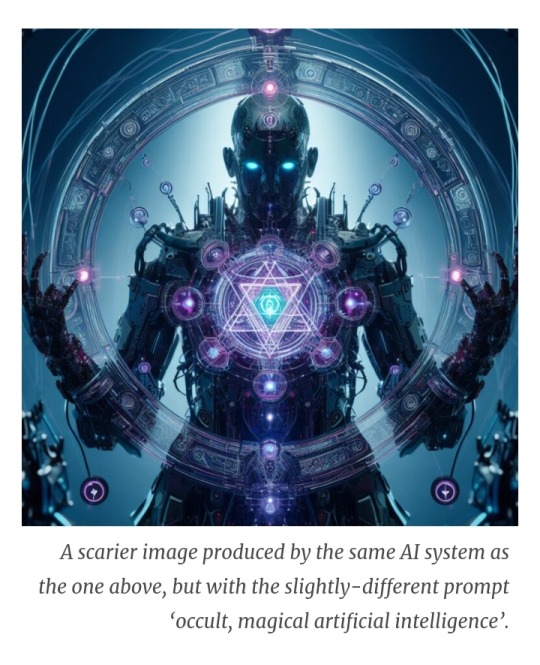
#history of science#ai#artificial intelligence#ai art#philosophy of science#history#media theory#magic#history of mathematics#history of computing#history of religion#the digital age#alchemy#kabbalism#golem#homunculi#homuncus fallacy#western esoteric tradition#marx and computing#marx and mysticism#the digital#shwep#the critical tradition
2 notes
·
View notes
Text
I started listening to the Opinionated History of Mathematics podcast because the 3blue1brown guy mentioned that it was a podcast he liked.
And the guy doing this podcast is really not a fan of Galileo Galilei. I have listened to multiple podcast episodes where the host spent a great deal of time arguing that Galileo was intellectually lazy, constantly arguing against strawmen rather than addressing the reasoned arguments of his anti-Heliocentric critics, overrated compared to many of his contemporaries, and also possibly a plagiarist.
I personally had no strong opinion about Galileo before listening to this podcast (although I was aware that some of his reputation for being persecuted by the Catholic church for his Heliocentric ideas was actually about him being persecuted by the Catholic church for writing a book where he had a character based on the pope look like an idiot). I'm happy to take this podcast host's anti-Galileo arguments seriously, but I'm not personally reading the primary sources and verifying that his characterization of what Galileo and his contemporaries wrote and thought is accurate.
Really I'm just intrigued by the idea of a type of guy who really hates Galileo and wants to set the record straight about what a jackass Galileo was.
6 notes
·
View notes
Photo

Illustration of a regular Dodecahedron floating menacingly over the Croatian town Petrinja from a German introductory work on geometry (1698).
* * * * * * * * * *
Abbildung eines Dodekaeders, der bedrohlich über der kroatischen Stadt Petrinja schwebt. Aus einem einführenden Buch über Geometrie (1698).
📸 Birckenstein, Anton Ernst Burkhard von (1698): Ertz-Hertzogliche Handgriffe Deß Zirckels und Linials: Oder Außerwählter Anfang zu denen Mathematischen Wissenschafften.
#mathematics#history of mathematics#geometry#dodecahedron#old books#academia#science#science history#vintage
31 notes
·
View notes
Text
Un día como hoy…
Pero de 1948 moría André Bloch en París, Francia.
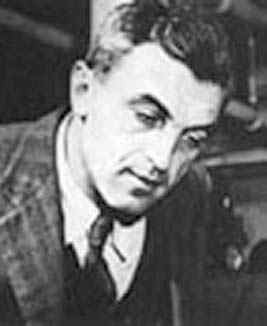
El señor Bloch fue un matemático francés que pasó a la posteridad por sus significativas contribuciones al análisis complejo. Pasó más de 30 años confinado en un hospital psiquiátrico a raíz de asesinar a su tío, tía y hermano; fue durante su confinamiento que produjo la mayor parte de su trabajo en Matemáticas.
Biografía
André era el mayor de 3 hermanos de un matrimonio de origen alsaciano y judío. Junto a su hermano menor, Georges, entró al lycée en Besançon donde su maestro de Matemáticas notó que ambos tenían un destacable talento para esta Ciencia.
Para 1913, Georges y André entraron a la École Polytechnique, pero el siguiente año se vieron forzados a unirse al ejército ante la explosión de la primera guerra mundial.
La guerra los marcaría más allá de remedio tanto mental como físicamente, y las heridas que consiguieron en su servicio harían imposible que fueran tomados en cuenta por el ejército en el futuro.
El 17 de noviembre de 1917, durante una comida familiar, André apuñaló a Georges, su tío y su tía. Tras el asesinato corrió por las calles gritando. No opuso resistencia al ser capturado. Solo reveló el motivo del crimen hasta pasado cierto tiempo, declarando que lo hizo para “cortar” una rama enferma del lado materno de su familia, aunque nunca tuvo la oportunidad de culminar su “labor eugenésica”.
Bloch fue internado en un hospital psiquiátrico. Según el testimonio de su psiquiatra, André no parecía sentirse miserable en lo absoluto al estar confinado en una institución mental; todo lo contrario, dedicaba la mayor parte de su día al estudio de las Matemáticas casi religiosamente, interrumpiendo sus estudios solo para comer y dormir. Su vida era rutinaria, pero parecía feliz dentro de su mundo de ecuaciones y símbolos.
Dentro de los temas de interés de André estaban la teoría de funciones, geometría, teoría de números, ecuaciones algebraicas y cinemática. Llegó a publicar numerosos artículos, pese a su confinamiento… o, tal vez, gracias a él.
Durante su estadía en el Hospital Saint-Maurice se subscribió a boletines y revistas especializadas en investigación matemática, al mismo tiempo que sostuvo correspondencia con notables matemáticos como Jacques Hadamard y Henri Cartan.
Durante la invasión a Francia en la segunda guerra mundial, dada su herencia judía, se vio obligado a publicar sus investigaciones bajo los pseudónimos de René Binaud y Marcel Segond.
Previo a su muerte, la Académie des Sciences le otorgó el Premio Becquerel. De todas sus contribuciones a las Matemáticas es famoso en especial por un teorema que lleva su nombre.
#André Bloch#Mathematics#History#History of Mathematics#Matemáticas#Historia#mathblr#studyblresp#studyblr español#no soy español pero pongo studyblr español porque soy un studyblr que comenta en español
2 notes
·
View notes
Text

Books, old and new; a pile long since dispersed. Paolo Mancosu and I were in graduate school together. Portraits d’hier was a long series of brief biographies, each with a portrait. The two volumes you see here contain two hundred or so. All of them fine books; Mancosu, Harbison, and Stafford are my favorites among the recent ones. Now that I have time on my hands, maybe I’ll get to the rest. — Who knows what’s in that folder?
1 note
·
View note
Text
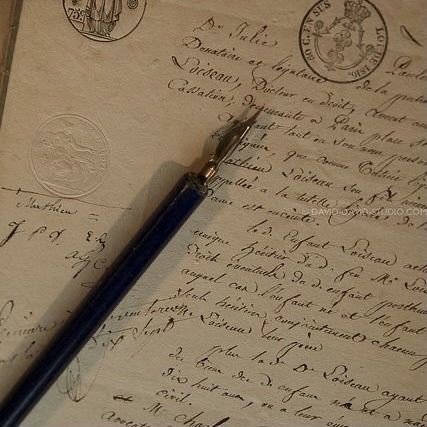
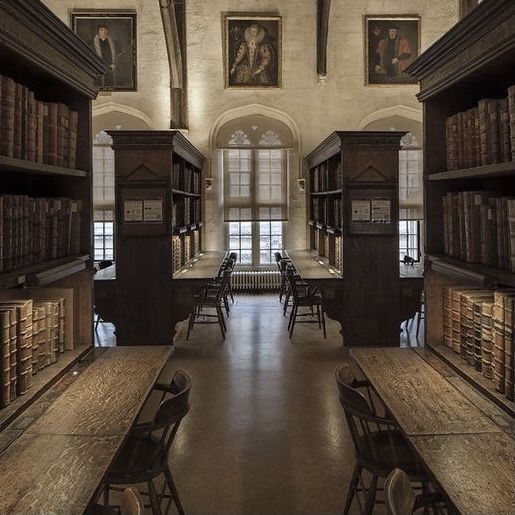

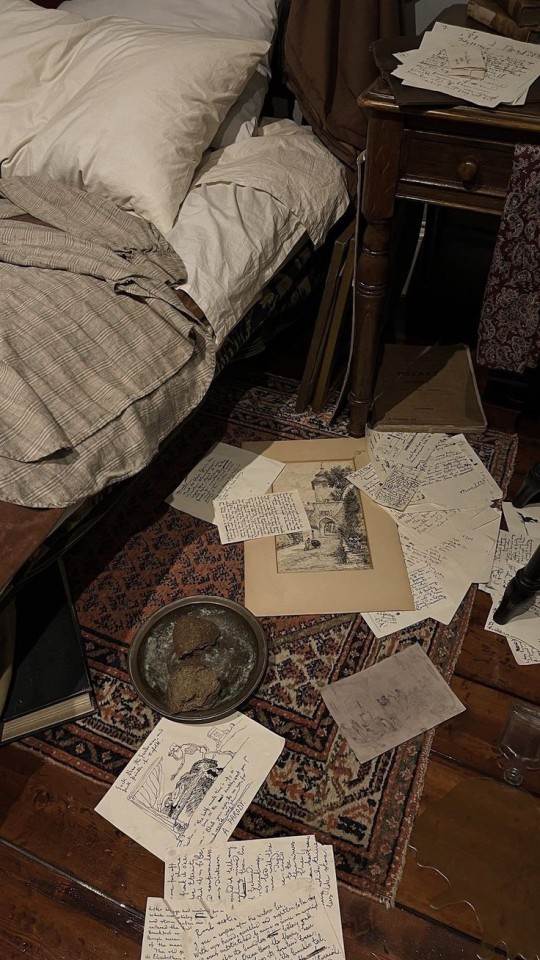
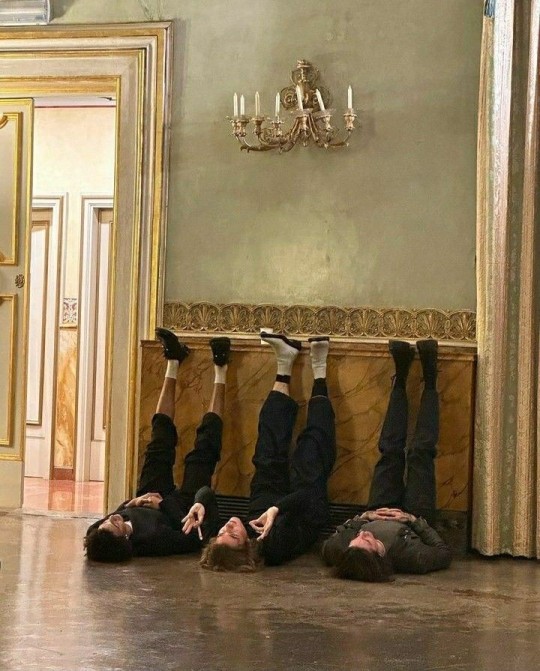

i love studying. i love writing. i love reading. i love learning languages. i love doing mathematics. i love wandering over some particular sum and trying to come up with formulas to solve it. i love physics. i love biology. i love chemistry. i love history. i love literature. i love learning.
not to achieve the perfect grades ever. but it just amazes me that there's so much to know and learn and write and read about in the universe. my curiosity wouldn't get enough of it.
#random#aesthetic#literature#light academia#academia#academia aesthetic#dark academia#moodboard#shitpost#moodboards dark academia#moodboards aesthetic#aesthetic moodboards#my moodboards#my moodboard#moodboard aesthetic#dark academia moodboard#dark academic aesthetic#dark moodboard#romantic academia#academia moodboard#history#mathematics#science#knowledge#books#write#studying aesthetic#studyblr#chaotic academic aesthetic
8K notes
·
View notes
Text
Written in Spain in the first half of the 14th c., LJS 462 contains a didactic poem in hexameter concerning integers (including, for the first time in Latin, zero) and their operations. Followed by an anonymous treatise in verse on the calendar
Online:
#medieval#manuscript#spain#latin#poetry#mathematics#history of mathematics#calendar#book history#rare books
88 notes
·
View notes
Photo

Albert Einstein's autographed note to Adriana Enriques, Federigo Enriques' daugther, (notebook), Bologna, October 1921 [Bibl.: Vincenzo Barone – Marco Ciardi, Il novecento in tasca. Scienza e cultura nel taccuino di Adriana Enriques, Hapax Editore, Torino, 2021. Albert Einstein, The Human Side. New Glimpses From His Archives, Selected and Edited by Helen Dukas and Banesh Hoffmann, Princeton University Press, Princeton, NJ, 1979
«Das Studium und allgemein das Streben nach Wahrheit und Schönheit ist ein Gebiet, auf dem wir das ganze Leben lang Kinder bleiben dürfen.»
«Study and in general the pursuit of truth and beauty is a sphere of activity in which we are permitted to remain children all our lives. To Adrianna Enriques, a memento of our acquaintanceship of October 1921»
#manuscript#handwriting#notebook#book#conference#history of science#history of physics#history of mathematics#albert einstein#adriana enriques#federigo enriques#vincenzo barone#marco ciardi#helen dukas#banesh hoffmann#hapax editore#princeton university press#1920s#1970s#2020s
17 notes
·
View notes
Text
Etymology of the word Fractal: to Break

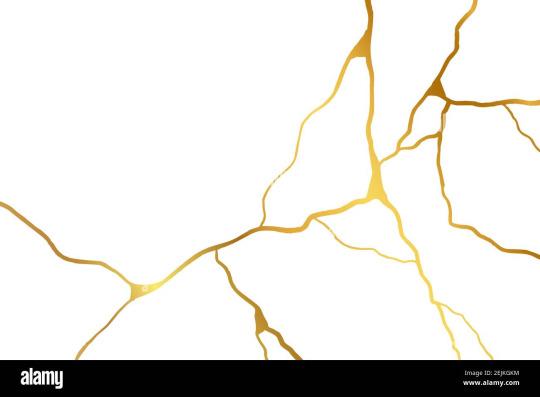
"never-ending pattern," 1975, from French fractal, ultimately from Latin fractus "interrupted, irregular," literally "broken," past participle of frangere "to break" (from PIE root *bhreg- "to break"). Coined by French mathematician Benoit Mandelbrot (1924-2010) in "Les Objets Fractals."
Many important spatial patterns of Nature are either irregular or fragmented to such an extreme degree that ... classical geometry ... is hardly of any help in describing their form. ... I hope to show that it is possible in many cases to remedy this absence of geometric representation by using a family of shapes I propose to call fractals — or fractal sets. [Mandelbrot, "Fractals," 1977]
The term was suggested earlier in Mandelbrot's 1967 book, "How Long is the Coast of Britain -- Statistical Self-Similarity and Fractional Dimension."
#fractals#etymology#history of science#history of computing#history of mathematics#mandlebrot#marx and mysticism#Wabi Sabi#imperfection#there is a crack in everything#fractal geometry#geometry#mathmatics#mathematics
2 notes
·
View notes
Text
Physical Books
Reading a physical book and not digital ones on Kindle or pdfs on the computer has a certain je ne sais quoi and has become an addiction for me. Since December, I've bought seventeen second-hand books (most of which are in excellent condition). These are mostly on mathematics (such as "The History of Pi" and "Fermat's Last Theorem"). I've found a happiness in reading more physical books and reading more in general (as I had completely fallen out of that habit for all too long).
0 notes
Text

Cistercian Numerals Bibliography:
Beard, Daniel Carter. The American Boys’ Book of Signs, Signals and Symbols. 1918, https://archive.org/details/americanboysbook00bear5/page/92/mode/1up?view=theater.
King, David. (2019). DAVID KING 1995 – A forgotten Cistercian system of numerical notation.
King, David. (2019). 203 – KING 2001 (BOOK) – The Ciphers of the monks, a forgotten number-notation of the Middle Ages.
Miller, Kirk. Background for Unicode Consideration of Cistercian Numerals. 10 Dec. 2020, https://www.unicode.org/L2/L2020/20290-cistercian-digits.pdf.
Puiu, Tibi. “What Are Cistercian Numbers — the Forgotten Ciphers of Medieval Monks.” ZME Science, 21 Jan. 2021, https://www.zmescience.com/science/cirstercian-numbers-90432432/.
#bibliography#cistercian#Cistercian cipher#cipher#history of mathematics#symbols and ciphers#research highlight
0 notes